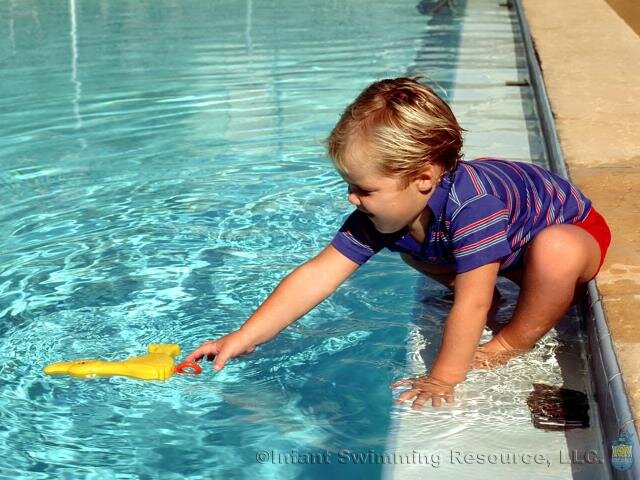Water Safety
According to the U.S. Centers for Disease Control and Prevention (CDC), drowning is the number one cause of accidental death for infants and young children between the ages of 1-4.
As a drowning prevention resource for your family, ISR recommends a multi-layered approach towards water safety in your home.
In Montana bathtubs pose the highest drowning risk to infants and natural bodies of water are where all other age groups are at highest risk. This is likely the case only because pools are not as prevalent.
5 Important Keys To Water Safety
1. Effective Supervision
The most critical line of defense is adult supervision. No level of aquatic skill can replace active supervision. If your child is ever missing, look in the water first.
2. Pool Fences/BARRIERS
Install a permanent 4-sided fence with self-locking gates. Ensure that the pool fence is at least 3-5 feet from the pool edge.
3. Alarms
Make sure all doors and windows leading to the pool are locked and alarmed.
4. Survival Swimming Lessons
A moment's inattention does not have to cost a child his life. ISR's Self-Rescue® training is an added layer of protection, teaching your child water survival skills in a completely safe environment.
5. CPR
If an emergency happens, it is essential parents and families are prepared. Learn to perform CPR on children and adults and remember to update those skills regularly.
Even if your child has had swimming lessons, no child is drown-proof and there is absolutely no substitute for adult supervision.
Avoid Swimming in Floatation
SWIMMING IN floatation, especially for children under the age of 5, teaches them the position of drowning. They feel like they are "swimming" independently when in actuality if they did not have that floatation they would quickly sink to the bottom. It also increases the likelihood that they will jump into the water without their floaties on and without proper supervision because they quickly become over-confident in water with floatation on. With products marketed toward us everywhere and many parents not being aware of this it can be hard to believe. Please don't hesitate to ask us more questions. Properly fitted, US coast guard approved life vests are an important layer of protection on boats and even around water but should not be used as a swimming aid. Here is an article with more details about it as well a all too common drowning scenario that can happen due to floatation:


